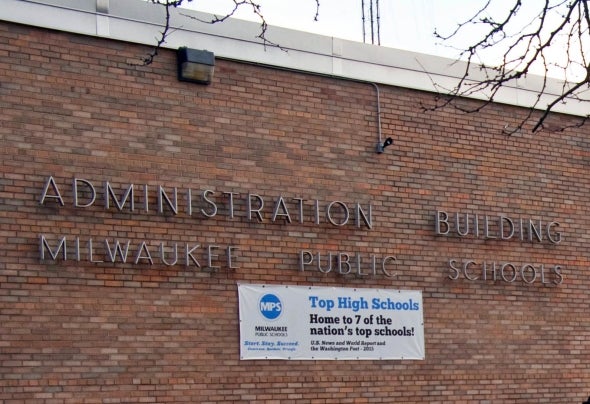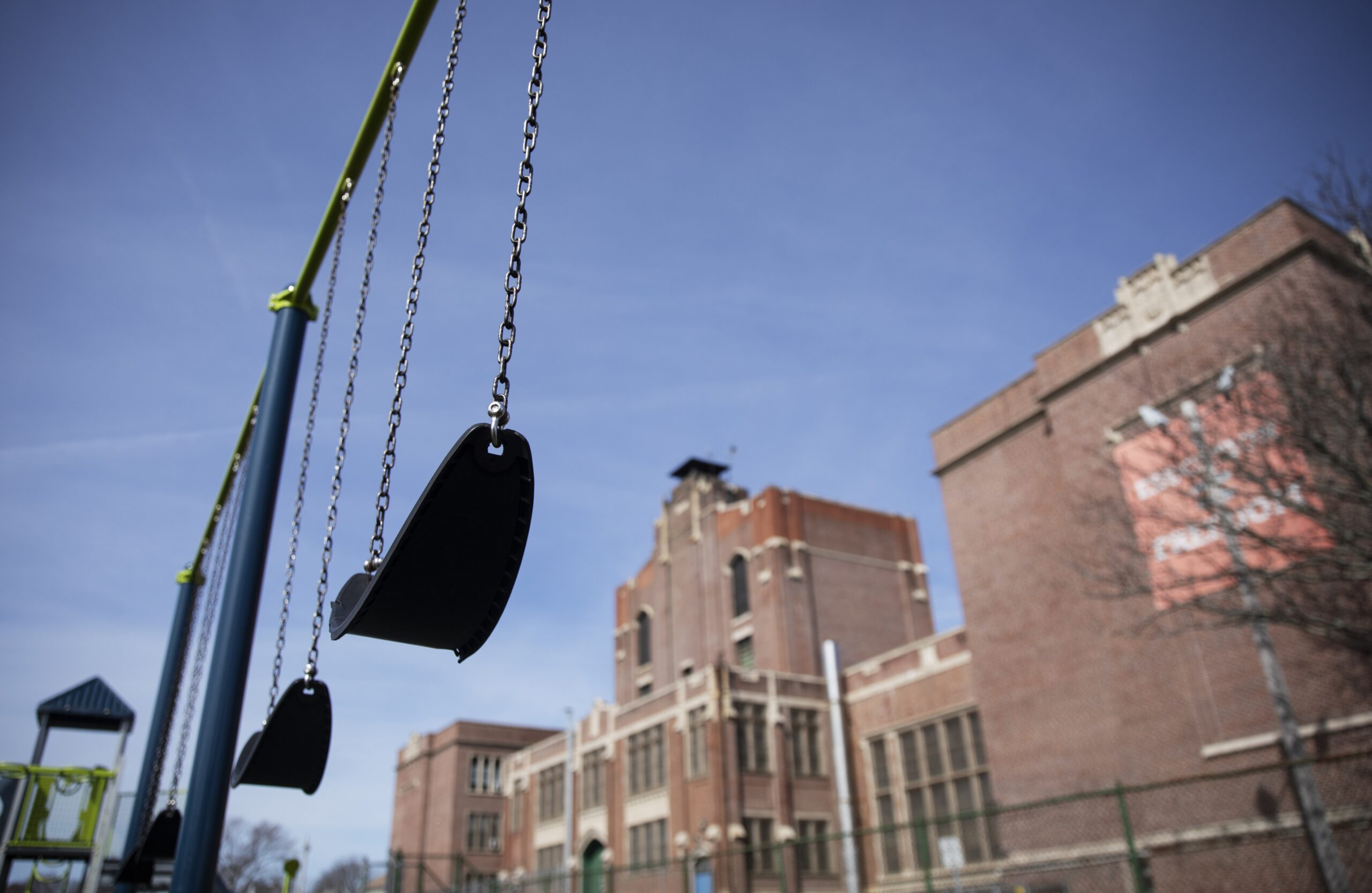Chronic absenteeism has been an issue in Wisconsin schools since the pandemic. But in Milwaukee, nearly 1,000 students enrolled in public school have not attended a single day this year.
MPS social workers have made phone calls and home visits to try to connect with parents and students, but many families have been unresponsive, said Nicole Cain, MPS manager of school social work and community services.
“We have been working with the DA’s office just to determine how to address these kids,” Cain said. “The majority are high school aged, and so our concern is the drop-out rate of this population.”
News with a little more humanity
WPR’s “Wisconsin Today” newsletter keeps you connected to the state you love without feeling overwhelmed. No paywall. No agenda. No corporate filter.
Records show one of the missing Milwaukee students was 15-year-old Erik J. Mendoza. Mendoza was charged with first-degree intentional homicide in the Oct. 25 beating death of 5-year-old Prince McCree. McCree’s body was found in a dumpster after being reported missing by his mother the day before.
Mendoza hasn’t attended school since Fall 2019, when he would have been about 12 years old.
Mendoza is also accused of committing three random, nonfatal stabbings of strangers he encountered on the street in Milwaukee, two days before Prince was killed.
The Mendoza case is rare. Most students missing school are not being charged with committing horrific crimes. Milwaukee Police say they can’t specifically correlate the rise in truancy to a rise in juvenile arrests.
But after Prince’s murder, Cain sent a letter to Assistant District Attorney Jeffrey Altenburg asking for help. Altenburg and a part-time paralegal are the only people in the Milwaukee County DA’s office handling truancy cases.
“We have serious concerns about the number of students sitting at home right now that haven’t returned back to school since the pandemic to obtain their formal education,” Cain wrote. “School is where we can detect mental health concerns and try to get help for students. Moreover, without a high school diploma or GED, what will the trajectory be for so many of these young people that are not returning to school?
She went on to write that school doesn’t seem to be important for this group of students post-pandemic, but that doesn’t change the fact that being enrolled in an education institution is required under state law for children ages 6 to 17.
The letter was sent on Nov. 6. Altenburg has not yet responded.
Altenburg and District Attorney John Chisholm did not respond to requests for comment from WPR.
Taking punitive steps to stop truancy is often ineffective
In March, the Milwaukee school board changed its truancy policy. Before, the district was required to refer students between the ages of 6 and 14 who missed 35 or more days of school to the district attorney’s office. Board policy has changed the age to 6 and 10.
Cain knows the DA’s office can’t keep up with that case load, so she said if parents are trying to improve attendance, charges are not usually referred.
Cain and her team of more than 180 social workers in Milwaukee have tried a variety of ways to get students to come to school. But she said when families are facing other challenges it’s difficult.
“For some, it’s mental health challenges, for others, its ramifications from poverty and looking at homelessness,” Cain said. “If I’m facing eviction, the last thing I’m focused on is getting my kids to school while we’re trying to keep a roof over our head and figuring out how we’re going to have food.”
Being habitually truant is a violation of state law. Penalties for a first offense could be a fine of up to $500 or imprisonment of not more than 30 days. For a second offense, the fine could be up to $1,000 or up to 90 days imprisonment.
But getting to that point could take years and is rare.
Before proceedings can be brought against a parent, there are many steps, including meetings with a parent or guardian, educational counseling, evaluation of learning problems and evaluation of social problems.
“We try to be restorative, we try support, we try to do everything we can on our end. And once we are not successful and kids are still not coming to school, then we need support,” Cain said. “We have to collaborate with the district attorney’s office to help address some of these cases. Our first line of attack is not punitive measures. Some kids don’t miss consecutive days. But over the course of a school year, where you’re supposed to be in attendance for 186 days, missing 80 days or 100 days is too much.”
Chronic absence is a nationwide problem since the pandemic
Nearly half of the 67,495 students that attend Milwaukee Public School were chronically absent in the 2021-22 school year, according to Department of Public Instruction school report card data. A student is considered chronically absent when they attend fewer than 90 percent of school days. About 70 percent of students in the district are on track to graduate.
But Milwaukee is not alone.
Across the country, nearly 70 percent of the highest poverty schools experienced widespread, chronic absenteeism in the 2021-22 school year, compared with 25 percent before the pandemic, according to a new analysis released Nov. 17 by Attendance Works, a nonprofit that aims to reduce chronic absenteeism, and the Everyone Graduates Center at Johns Hopkins University.
In Wisconsin, about a quarter of students in public and private schools missed at least a month of school last year, according to DPI data.
New truancy data won’t be released until March 2024, but last year’s data has Wisconsin educators and politicians worried.
Assembly Speaker Robin Vos, R-Rochester, created a truancy task force that is currently meeting with school districts across the state. The bipartisan group will make recommendations to the Legislature at the end of the year.
DPI said it used federal pandemic relief funds to launch a program called ENGAGE Wisconsin, which works with school districts free of charge, on coaching focused on academic and/or social and emotional mental health issues that may be interfering with learners’ ability to consistently attend or succeed in school. As of November, 27 Wisconsin school districts, including MPS, are taking part in the program.
DPI spokesperson Abigail Swetz said there are many barriers facing students, but students can’t be helped unless they are in the classroom.
Wisconsin Public Radio, © Copyright 2026, Board of Regents of the University of Wisconsin System and Wisconsin Educational Communications Board.





